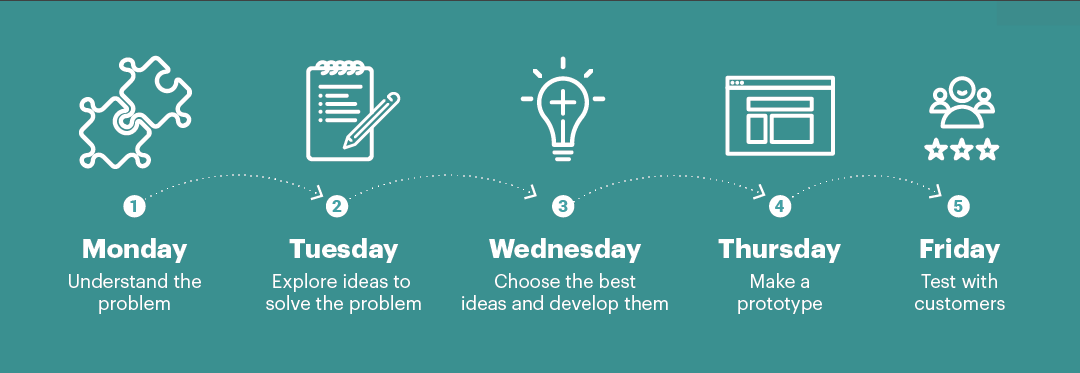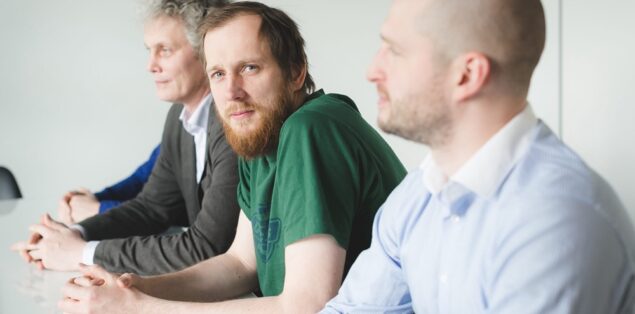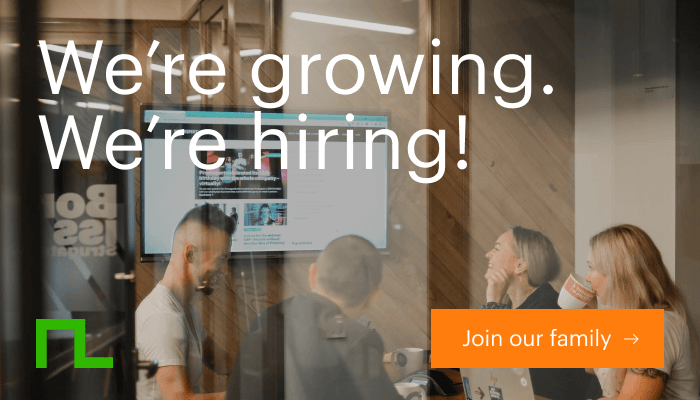Radical Organizational Change (in Five Intense Days)
Kaja Kruus on what she wishes she’d known before Proekspert made its transformation to a bossless culture.
Companies are facing stiff competition more than ever before. Sometimes accompanying this competition is the feeling that everything has been done before, everything is digitalized, and the startup world is attracting all the talent. You know innovation is needed. But how to innovate? What if the key to the answer resides in this very question: How?
So how do you not fall into the traps of over-specification and feature creep? How do you reach a common understanding of exactly what to build? A problem described as a question quite often repeats a pattern which I have witnessed over recent years. And I have understood that everything begins from the mindset of an enterprise. The days when a brand could woo consumers with just beautiful words are gone. If your service or product is inferior, then word spreads faster than wildfire. Perhaps your people are a reflection of your product or service, and it’s therefore necessary to begin with the question of how do we do it, rather than what we do.
A start-up mindset
Around four years ago Proekspert began its journey to becoming a boss-less company. In the beginning the major problem was people talking past each other — what does something mean exactly and how complicated is it to understand how we’re now going to do things. Maybe somewhere we still have some hidden management. Looking back with 20/20 hindsight I would have advised the Proekspert team to use one method which will extricate you from complicated situations, facilitate a better understanding of one another, and help you listen to ideas which you then bring to life. Instead of talking about a boss-less company, practicing it and changing the mindset by doing. Because in the process of change it is extremely easy to return to the beaten path and say, “Well, it didn’t work.”
Startups are characterized by speed and boldness. They don’t have the luxury of greasing the slide with old fat, to use my grandmother’s expression, and they’re forced to step out of their comfort zones every single day. All the questions that I posed before must be answered quickly and effectively in the startup world.
The answer is sprint. Design sprint.
GV (formerly Google Ventures) created a method for just that. It is called the design sprint. Design meaning creativity and sprint means results in just five days. It’s a combination of design thinking, Agile and lean. It’s a wonderful train wreck of creativity, a human-centered approach, flexibility, and amazing speed.

While the preparation for a sprint is extremely important, for this article I want to concentrate on the value and end result, and will therefore focus on the five-day action plan.
Day 1: Understand the problem at hand, map the flow to your goal.
Day 2: Explore ideas.
Day 3: Choose the best ideas and go into detail.
Day 4: Create a prototype.
Day 5: Test your prototype on real human beings and get feedback.
You know the “fail fast” idea? Well, the best part about the design sprint is that it never fails! When your prototype gets negative feedback you have won, because you just spent a week to find out that your ideas suck, and you’ve spent not a dime on development.
An example, please!
Imagine that you are running an online health and fitness business. You want to expand and get more subscribers. Your marketing partner says that the best way is to order a Facebook campaign from them. Your technical manager says you should add more features. Your financial manager says you should add a new, more expensive package to your offerings. You have a lot of ideas, but you don’t know what to do. You run a design sprint where you describe the goal, draw a map how to get there, interview experts, sketch a lot of ideas, choose the best one(s), create prototypes, and test them on real customers. And the result is that none of the ideas you considered in the beginning are among the chosen ones.
There’s another example how the design sprint methodology helped a very large venture move to the next level. The environment where we live and where our kids grow up matters to almost every one of us. In Estonia, there is a group of people who not only think about the topic but also take action. In 2018, a world cleanup day called Let’s Do It World will take place, where a digital solution plays an important role. Expectations for technical solutions were very high. With the help of design sprint, it became clearer how many topics are on the table and how and where to progress. Endo Viires, an advisor for Let´s Do It World and Services Manager at Telia Estonia says, “Proekspert´s approach helped us bring out the important questions that are difficult to discover without the help of an external partner. Too often, with standard ways of working, principles get pushed aside and it seems easier to solve things blindfolded. But that approach always ends up with huges costs and terrible headaches.”
And then the mindset changes
Design Sprint has hidden values as well. You know how hard it is to put a bunch of people in one room and get them to work as a team? And how hard it is to find time to really listen to people and get to know them? The sprint will be full of activities and it can be quite intense. But during that time you will learn to know each other – your weaknesses and strengths. You learn to listen. You learn to pitch your ideas, evaluate them, and turn them into a working prototype.”

This is how you change the mindset that will start a change in the organization. And this is what Tony Robbins means with his famous quote “If you do what you’ve always done, you’ll get what you’ve always gotten.” And you do want new results, don’t you?
Contact Us
If you would like to discuss it further, contact us or join our newsletter.













